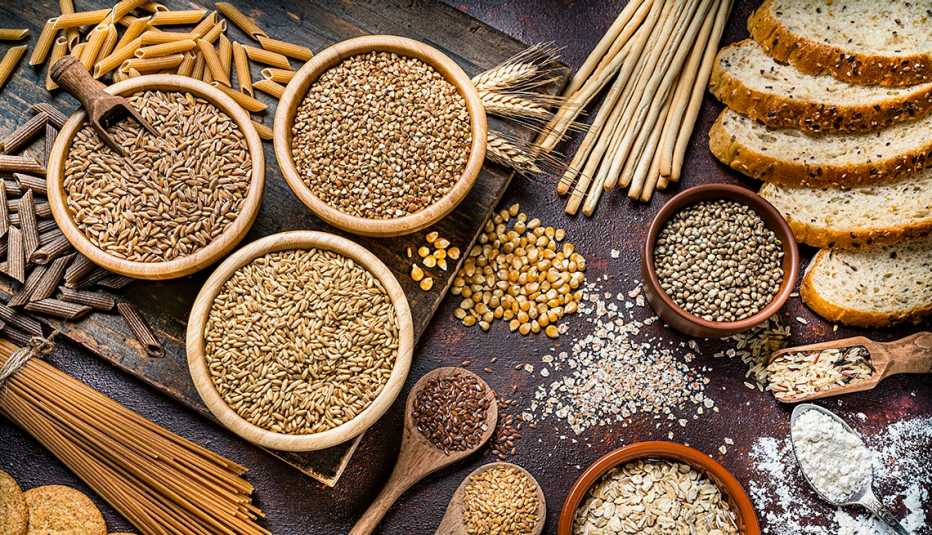Staying Fit
Do you fear the fat in avocados? The carbs in popcorn? The cholesterol in egg yolks?
If so, you may be missing out on some nutritional winners that, for one reason or another, have iffy, outdated images. Despite encouraging research and, in some cases, updated guidelines from health agencies and medical groups, certain healthy foods and beverages still have bad reputations with too many consumers, nutrition experts say.


AARP Membership— $12 for your first year when you sign up for Automatic Renewal
Get instant access to members-only products and hundreds of discounts, a free second membership, and a subscription to AARP the Magazine.
Here’s what you need to know about some perfectly nice foods that might be on your naughty list.
1. Eggs
Eggs are high in cholesterol, with about 200 mg in every yolk. Health groups, including the American Heart Association, long recommended eating no more than three or so a week for that reason. But it turns out that the cholesterol in our diets is only weakly related to the harmful, artery-clogging cholesterol in our bloodstreams. So, recommendations have changed.
Since 2015, the federal government’s Dietary Guidelines for Americans have set no specific cholesterol limit. The guidelines say eggs can be part of a healthy diet. More recently, in proposed new rules, the Food and Drug Administration said eggs can be labeled a heathy food. The heart association now says that an egg a day is fine for most people and that older adults with normal blood cholesterol and a heart-healthy diet can safely eat up to two. People with high cholesterol should be more cautious about consuming cholesterol, the group says.
“The egg is a packed nutritional powerhouse,” says Angel Planells, a registered dietitian in Seattle and spokesperson for the Academy of Nutrition and Dietetics. The nutrients in eggs include plenty of protein and vitamin D, he says.
Egg yolks also are an especially rich source of the “brain nutrient” choline, says Dawn Jackson Blatner, a Chicago registered dietitian and author of Superfood Swap.
2. Avocados
While it might seem that avocados are now a well-known superfood, Blatner says she still hears from people concerned about their fat content. And avocados do have a lot of fat: 22 grams in a medium one, according to the Harvard T.H. Chan School of Public Health. But “this is healthy fat … the types of fats that help to lower your heart risk,” says Lena Beal, a registered dietitian in Atlanta and spokesperson for the Academy of Nutrition and Dietetics. Beal says she urges clients to “go for the guacamole.”
A classic healthy recipe could include just avocados, cilantro, lime, salt and a little (sugar-free) salsa, if you like it a little spicy. Some people include onion and jalapeños. Make it your own but skip the sour cream, spice packets and processed versions full of additives.







































































